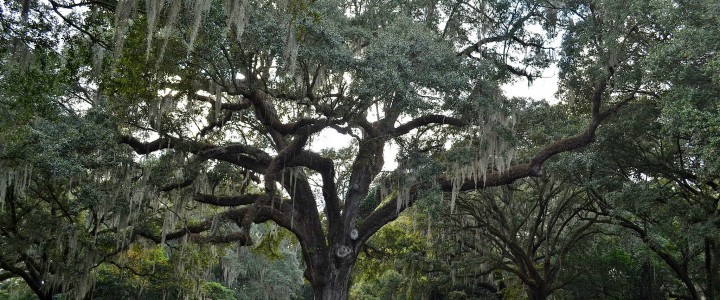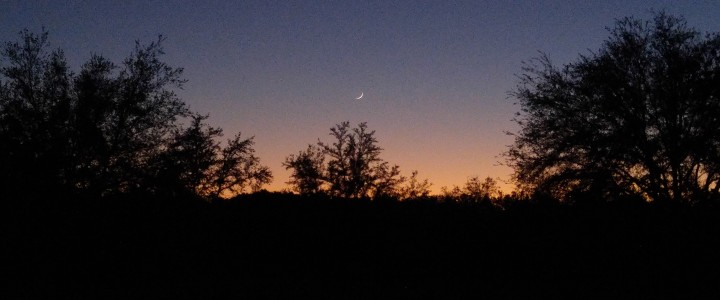According to the Sea Island Company (seaisland.com), planting live oak trees has become a meaningful way for visitors to commemorate special events as well as mark the visit of honored guests to Sea Island ever since the visit of President Calvin Coolidge in 1928. The live oak has been claimed as the state tree of Georgia, and is considered a symbol of majesty and strength. The following documents those famous visits:
President Calvin Coolidge – December 1928
President Calvin Coolidge planted the first commemorative oak during the Christmas holidays shortly after “The Cloister” opened its doors. President and Mrs. Coolidge were visiting Sea Island Company founder Howard Coffin at his home on Sapelo Island.
President Dwight Eisenhower – May 1946
This oak was planted after President Eisenhower was elected, in honor of the visit he and Mrs. Eisenhower made to Sea Island in 1946.
Queen Juliana of the Netherlands and Prince Bernhard – April 1952
Queen Juliana and her husband Prince Bernhard spent Easter weekend on Sea Island and added an oak to the grounds. During their visit, the royal couple was attending as honored guests at an oyster roast hosted by Mr. and Mrs. Alfred W. Jones, Sr., at Altama Plantation.
President Gerald Ford – December 9, 1979
After his term of office, President Ford planted a commemorative oak while visiting as a guest of honor at a meeting and golf tournament at Sea Island.
President Jimmy Carter – July 28, 1981
President Carter assembled his first cabinet at The Cloister shortly after being elected in 1976. Accompanied by Mrs. Carter, he returned to plant an oak in July 1981.
Eugene O’Neill – May 12, 1988
A live oak was planted by Connecticut College, New London, Conn., to commemorate the playwright’s 100th birthday. O’Neill, who spent his youth in New London, lived on Sea Island from 1931 to 1936 in the cottage he and his wife, Carlotta Monterey, built and named Casa Genotta. O’Neill wrote his only comedy, “Ah, Wilderness!” on Sea Island; with it, he won the Nobel Prize for Literature in 1936.
President George H.W. Bush – September 29, 1991
President Bush planted a commemorative oak while he and Mrs. Bush were vacationing in 1991 at “The Cloister”, site of their 1945 honeymoon. They also visited in January 1995, to celebrate their 50th wedding anniversary. During that visit, President Bush played the opening round at Ocean Forest Golf Club. The former president returned in August 2001 to open the 38th Walker Cup Match at Ocean Forest.
Prime Minister Margaret Thatcher – April 1994
The former British prime minister has been called the most enthusiastic planter at Sea Island. Most honorees sprinkle a ceremonial shovel full of dirt; Mrs. Thatcher went around the tree shoveling the dirt, despite the fact she wore a pink suit. Her security guard was heard to say that Mrs. Thatcher would have packed down the dirt had she been wearing her gardening shoes.
President George W. Bush – June 7, 2004
President Bush hosted the G8 Summit, the most significant annual gathering of the eight leaders of the free world, on Sea Island from June 8-10, 2004. In the tradition of his father, he planted a commemorative oak close to his father’s.
Prime Minister Tony Blair – June 11, 2004
The British Prime Minister and his wife planted a commemorative oak during their visit for the G8 Summit.
The Sea Island Summit First Ladies – November 16, 2004
The Sea Island Gardening Group planted an oak to commemorate the visit to Sea Island by five of the First Ladies whose husbands participated in the G8 Summit. Those Ladies included Laura Bush of the United States, Cherie Blair of the United Kingdom, Bernadette Chirac of France, Sheila Martin of Canada, and Ludmilla Putin of the Russian Federation.
Additional live oaks on the grounds of The Cloister honor Georgia founder James Oglethorpe, the 50th anniversary of The Cloister, Mr. and Mrs. Alfred W. Jones, Sr., and the Sea Island Employees in celebration of the 2000 Millennium. It is exciting to see the many ways live oak trees are used to mark momentous occasions, and this is just one example. These famous live oaks will be alive many generations from the day they were planted since some trees live hundreds of years or more.
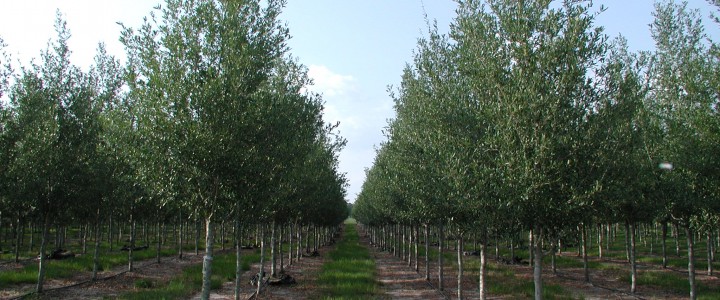
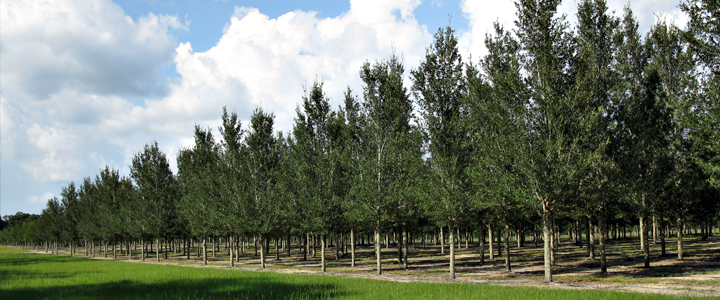
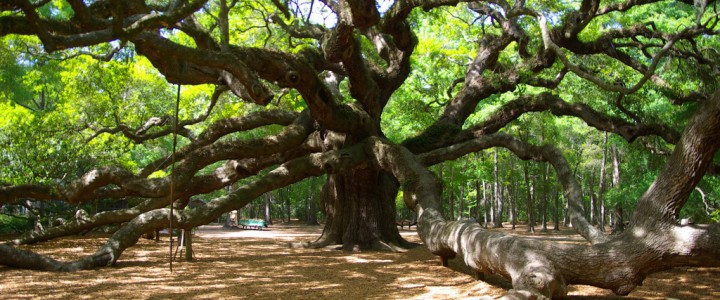
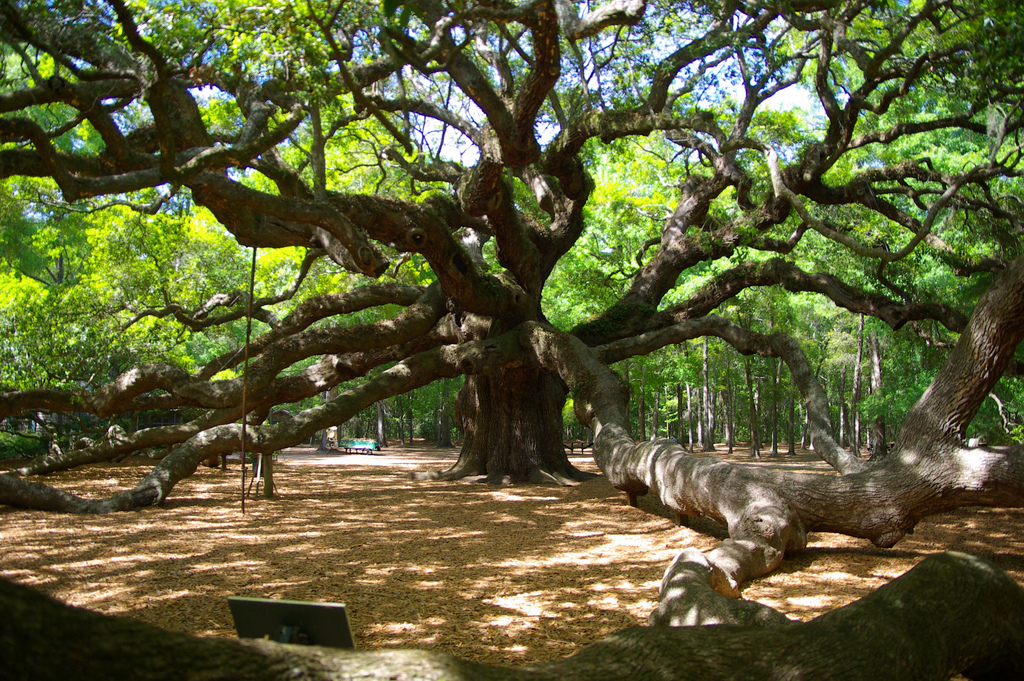 If you are ever in the south near historic Charleston South Carolina, you will be surrounded by history. Once you have soaked up the architectural beauty and rich history of the city, head to nearby John’s Island to see the oldest living thing east of the Rockies. Known as the Angel Oak, the live oak tree that has its own park is estimated to be 1,500 years old, pre-dating Columbus by 1,000 years!
If you are ever in the south near historic Charleston South Carolina, you will be surrounded by history. Once you have soaked up the architectural beauty and rich history of the city, head to nearby John’s Island to see the oldest living thing east of the Rockies. Known as the Angel Oak, the live oak tree that has its own park is estimated to be 1,500 years old, pre-dating Columbus by 1,000 years!